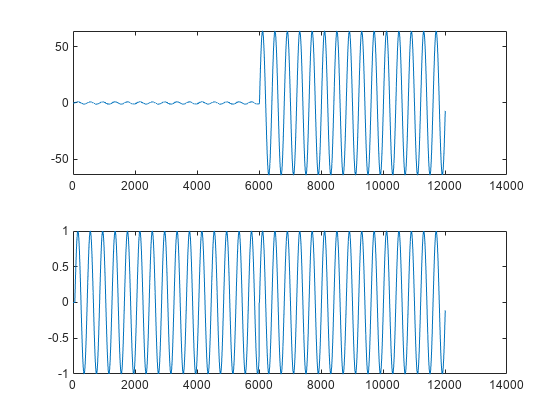gain
Gain of CIC filter System object
Description
g = gain(sysobj)
When sysobj is a dsp.CICDecimator object, the gain function
returns the gain for the overall CIC decimator.
When sysobj is a dsp.CICInterpolator object, the gain function
returns the gain of the 2Nth stage of
the CIC interpolation filter, where N is the number of filter
sections. For more details, see g.
g = gain(sysobj,j)jth section of
a CIC interpolation filter. When you omit j, the function assumes
that j is 2N, and returns the gain of the last
section of the filter. This syntax does not apply when sysobj
is a dsp.CICDecimator object.
Examples
Input Arguments
Output Arguments
Version History
Introduced in R2011a

